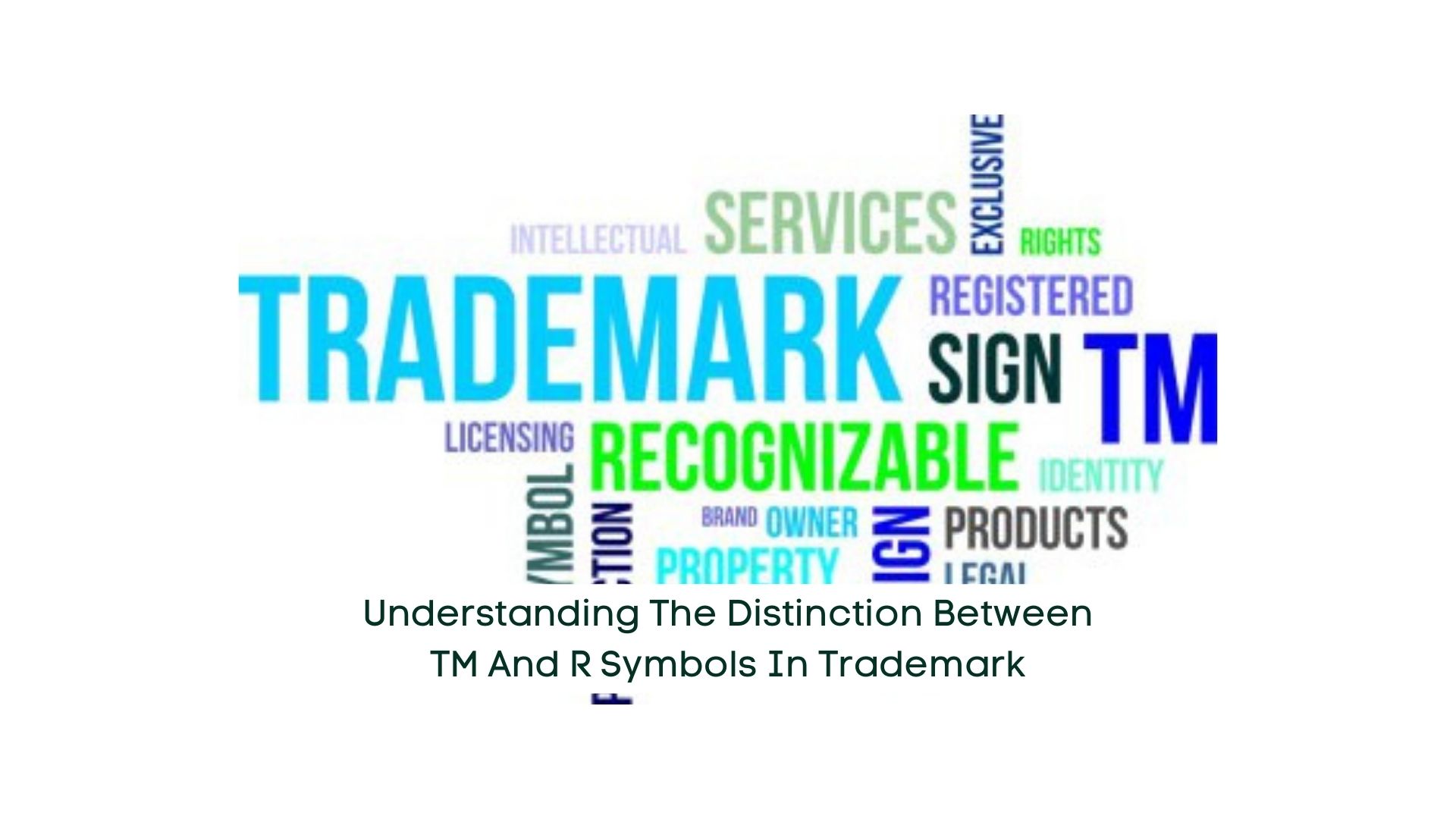
26 Feb Understanding the Distinction between TM and R Symbols in Trademark

Trademark symbols play a crucial role in distinguishing the status of a trademark, indicating whether it is registered or unregistered. In the realm of intellectual property rights, particularly in the context of trademarks, the symbols TM (™) and ® hold significant importance. While both symbols may appear similar, they convey distinct legal implications regarding the status of the trademark. This article delves into the fundamental disparities between the TM and ® symbols, shedding light on their respective meanings and legal implications within the framework of trademark law. Understanding these symbols is essential for individuals and companies seeking to protect their brands and intellectual property rights effectively.
Trademark Overview
A trademark, encompassing marks, logos, words, or symbols, serves as a distinctive identifier for goods or services offered by companies or individuals. In India, trademarks are regulated under the Trade Mark Act of 1999, providing exclusive rights to the owner and legal recourse against unauthorized usage.
TM (™) Symbol
The TM (™) symbol signifies an unregistered trademark. Individuals or companies employ this symbol when applying for trademark registration. It can be affixed to text, images, or other identifying elements until formal registration is obtained.
R (®) Symbol
The R (®) symbol denotes a registered trademark under the Trade Mark Act of 1999, granting legal ownership rights. Registered trademarks are valid for 10 years and are renewable, with legal penalties for unauthorized use.
Distinguishing Between ™ and ® Symbols
- ™ indicates a pending trademark application, while ® signifies completed registration.
- ™ lacks legal binding until registration, whereas ® offers legal protection.
- ™ is used during the registration process, whereas ® is utilized post-registration.
Trademark Registration Process
Trademark registration involves:
- Searching for a unique trademark.
- Filing Form TM-A with the Trademark Registry India.
- Examination and publication of the trademark.
- Addressing objections, if any.
- Issuance of registration certificate for 10 years, renewable thereafter.
Eligibility and Requirements
Various entities are eligible for trademark registration, including individuals, companies, partnerships, and sole proprietorships. Required documents include applicant details, incorporation certificates, and a description of goods/services.
Advantages of Trademark Registration
Benefits include exclusive rights, protection, brand recognition, goodwill establishment, and legal safeguarding of assets.
Conclusion
The TM and ® symbols hold distinct meanings, representing pending and registered trademarks, respectively. Registration under the Trade Mark Act of 1999 is crucial for legal security and protection against unauthorized usage. Unregistered marks are vulnerable to misuse, potentially damaging a company’s reputation and consumer trust.


No Comments